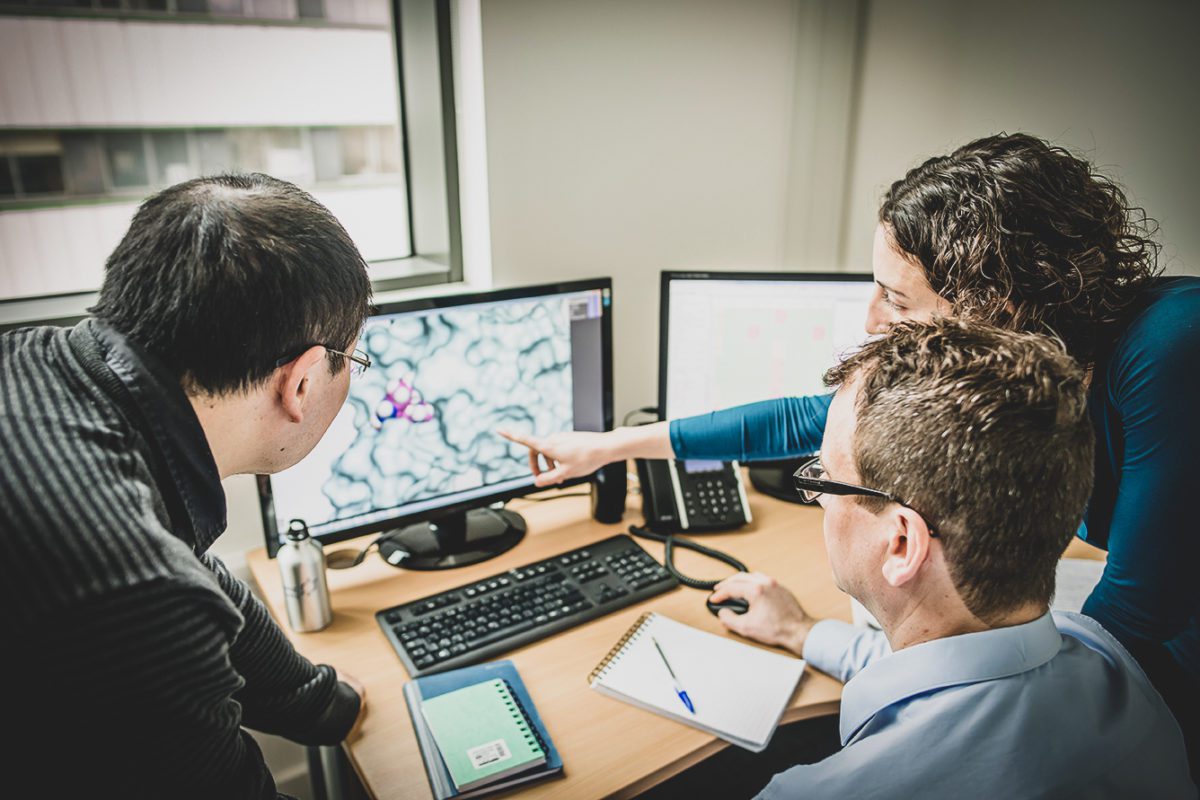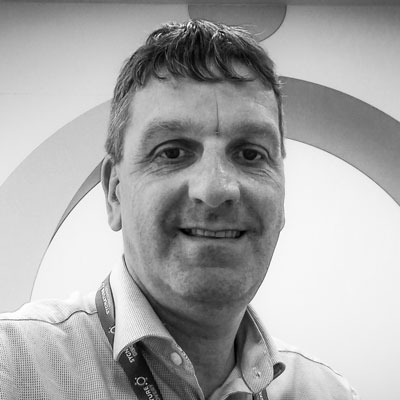Creativity is the engine of science. Here’s how you inspire it.
When people think of a scientist, they often imagine a highly analytical person (a boffin, so to speak), focused entirely on facts, figures and straight logic. But the truth, which many of us fail to recognise, is that scientific discovery is driven by creativity.

It doesn’t matter how deep your scientific knowledge runs in a given field, without creativity, a scientist would never be able to hypothesise, to solve problems, to look at data in a new way. And that exploration, that quest to find solutions and discover new horizons, is what defines science.
In drug discovery, this creative problem solving is fundamental to delivering druggable molecules to patients. It’s a highly complex field of research, bridging multiple disciplines, including chemistry, biology, physics and metabolism – and success is far from guaranteed.
In fact, in a perverse way, the norm in this business is failure. To take an early concept through to a safe and efficacious therapeutic in humans is a long and treacherous road, with many hurdles and blind cul-de-sacs, and very few compounds make it. To overcome these challenges, to create the best chance of success, requires insight, perseverance and, of course, creativity.
What is creativity?

Creativity is often defined as generating a novel idea which is of some kind of value. The term is usually applied specifically to the arts, but creativity is infused with every area of our lives.
Every time you find your way around a problem, every time you imagine a future possibility, you are engaging the human mind’s capacity for creativity. Again, we have landed at the heart of the scientific pursuit.
And where do these novel ideas come from? Are they pulled from the ether? Are they plucked out of thin air by some genius mind?
Almost never.
In 1940, an advertising executive named James Webb Young wrote a book titled, A Technique for Producing Ideas, in which he proposed a profound truth about generating innovative ideas.
“An idea is nothing more or less than a new combination of old elements.”
James Webb Young
In Young’s experience, innovative ideas are not about generating something new from a blank slate, but rather taking what is already present and combining those elements in a way that has not been done before. This ability to generate new connections hinges upon your ability to see the relationships between concepts.
The fact is, Picasso didn’t create cubism out of nothing. Elvis didn’t invent rock and roll. And Darwin didn’t pull the theory of natural selection out of a hat. All of these, and all other innovations, were born out of creating new connections and adding new twists to existing ideas.
How do we inspire creativity in drug discovery?
In my career spent in in drug development, I have seen this truth play out countless times. Scientists working away in siloed departments, doing their absolute best to find solutions to the challenges they face with a compound, but ultimately limited to the tools and knowledge of their field. And they often do incredible work, but I think there is a better way.
“I suppose it is tempting, if the only tool you have is a hammer, to treat everything as if it were a nail.”
Abraham Maslow
Research has demonstrated that breakthrough innovation is more likely to be achieved by teams, and that research is increasingly done in teams across nearly all fields. That’s because, in hearing different ideas from different people, members of a team are able to see new connections between concepts that may have initially seemed unrelated, or make the most out of the often serendipitous events that can trigger new innovative thought. It fuels their creative, problem-solving faculties.
 Now imagine that your drug discovery team includes not only fantastic minds from your particular field, but of all the other fields of study involved in drug discovery and development. Imagine you, say as a chemist, can walk down the hall and pick the mind of a biologist, or a computational scientist, or a DMPK expert, etc. Their experience of molecules at different stages in the drug discovery journey, with different types of problems and solutions, can open your eyes to new perspectives, make new connections and generate solutions you may not have reached on your own.
Now imagine that your drug discovery team includes not only fantastic minds from your particular field, but of all the other fields of study involved in drug discovery and development. Imagine you, say as a chemist, can walk down the hall and pick the mind of a biologist, or a computational scientist, or a DMPK expert, etc. Their experience of molecules at different stages in the drug discovery journey, with different types of problems and solutions, can open your eyes to new perspectives, make new connections and generate solutions you may not have reached on your own.
For us, this is the heart of our ethos. This is how we inspire creativity and innovation within our teams and within our projects at Sygnature. The vision here has always been to deliver a truly integrated, co-located drug discovery solution, where world-class drug hunters from every discipline could mingle, share ideas and tap each other’s resources for the benefit of every project. This team has spent years building that vision, and our results speak for themselves.
So don’t be fooled into thinking that creativity is the exclusive realm of the paintbrush and the piano – it is the lifeblood of scientific discovery. And with the right culture, the right team, and the right methodology, you can spark that innovation in the lab to enable success for your scientists and customers alike.
We continually engage with our industry on a range of topics. If you would like to discuss drug discovery, our capabilities, or what we are about, then we’d love to hear from you. You can get in touch by using any of the contact forms on our website.

